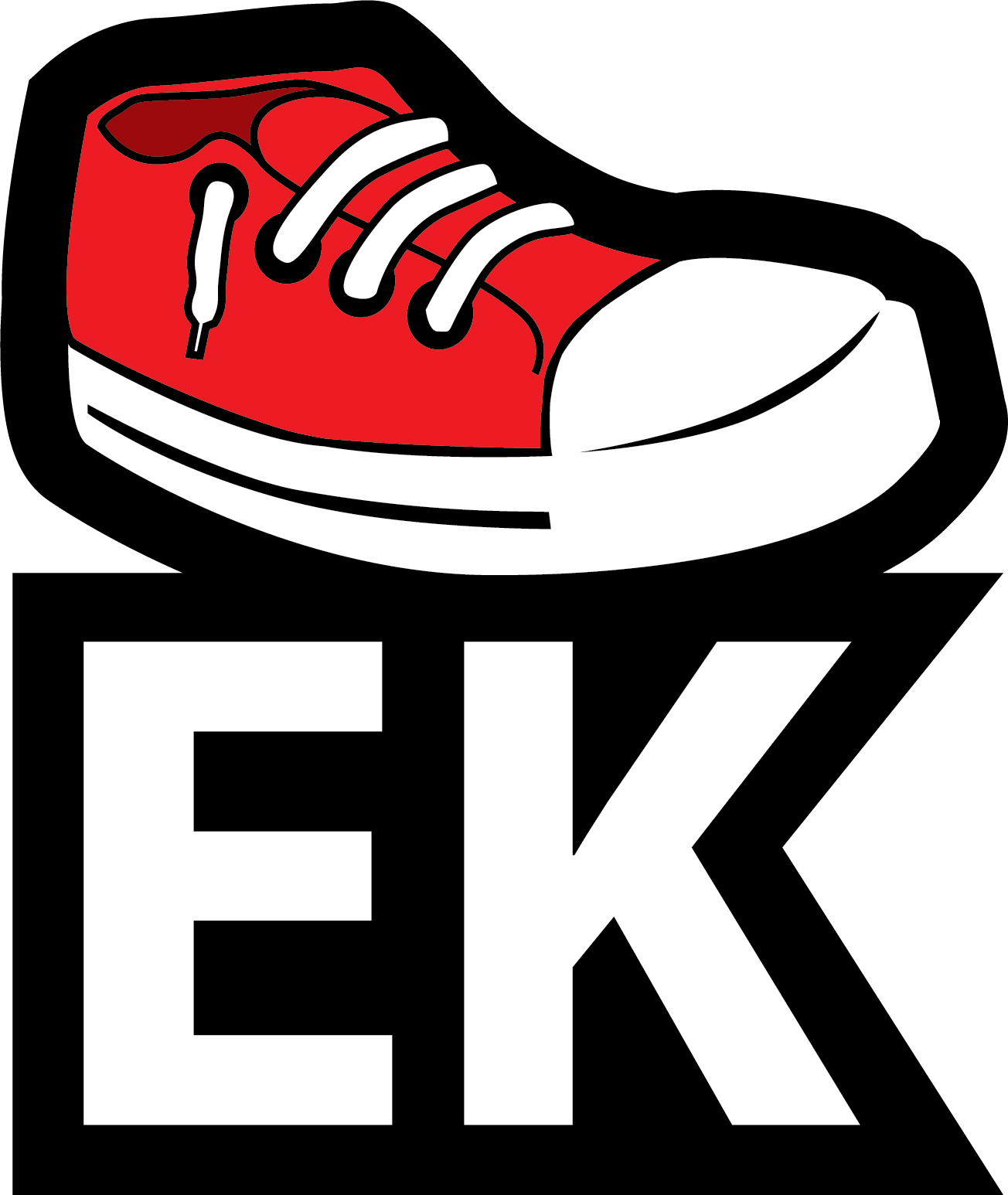If you’ve written a book, you’ve likely spent months (or years) at your computer, eyes blurry after hours of working through a single chapter, or even a single paragraph. The sense of accomplishment you feel after finishing a draft of your book manuscript has you traipsing through a fog of joy and relief for days. But, at this point, you’ve spent so many hours with your creation that you can barely stand to read through a single line of it. This is why book editors exist.
Once you’ve wrapped up the final lines of your book and gotten it to a place that feels “pretty good” for both you and the publisher, the work of bringing the book into its best possible manifestation begins. That’s also where the book editor’s job starts.
The publisher at a publishing house is key in ensuring the right things get published, and the editor is an integral part of ensuring that the things that get published are structurally sound, clear, comprehensive, and error-free.
Part 2 of our series on the anatomy of a publishing house will be devoted to looking at the role of the book editor.
What is a book editor?
According to Karen Gee, a freelance book editor with 18 years of experience in the editing field, “Editors act like a conduit between author and reader. We consider what the writer wants to express, and work to help them achieve that while also keeping in mind the reader’s experience and what they will want and need from the final book.” Gee also emphasized that one thing that makes an editor truly successful is an ability to blend into the background: “Editors are also tailors, or seamstresses: in the final book you shouldn’t see our stitching, cutting, refitting and reshaping, just the seamless, polished result.”
It’s important to note that editors often fall into two categories: in-house editors and freelance editors. Which one you find at a given publishing house depends on the size of the publishing house itself and its business model. The roles are, of course, similar in their ultimate goal, but the process that each engages in can look different. Gee explained, “In-house editors often have much more contact with writers and will shepherd the manuscript through the whole production process (including liaising with designers, proofreaders, typesetters and printers, checking the final files, etc.). Freelance editors can also do these things, but they tend to focus on the actual editing of the text.”
According to Gareth St John Thomas, the founder of Exisle Publishing, editing is one area traditional publishers tend to focus on and invest time and money in that self-publishers often do not. And editing really does make a significant difference in the quality of a finalized manuscript.
What does the editor's process look like?
Every book, of course, is unique and will require a particular manuscript editing process. Some may require more structural or developmental editing, while others will need only light copyediting. Some will require weeks of reorganizing chapters and working on character development while others will be ready after a few proofreading checks. However, the overall process that an editor can expect to engage in with any given book tends to follow a pattern. Here’s what that might look like:
- The editor speaks with the publisher, who will share their thoughts on the manuscript, including any changes they think might be needed.
- The editor reads the manuscript and compares their thoughts to those of the publisher. At this point, the editor and publisher may need to speak again to clarify any conflicting ideas.
- If the book needs structural work (i.e., moving text, shortening or lengthening a chapter, adding a paragraph, etc.) that will be worked on next.
- Structural work is followed by copyediting, which includes overall proofreading and error correction.
- Finally, the editor will write up a cover letter for the author to explain what they’ve done (and why) in the editing process.
The time that the whole process takes depends on the manuscript’s length, complexity, and the level of work required, but it can be anywhere from a week to a month, and occasionally more.
What skills does an editor need?
Getting a book manuscript as close to perfect as possible is no small order. It requires intense concentration, an ability to focus on the big picture alongside the minute details, and, of course, a love of reading. Beyond that, Gee points out that “a good memory helps when you’re following a narrative and characters (and their traits and actions) throughout a manuscript.”
It’s also helpful to have a good level of general knowledge and an interest in a broad range of subjects and ideas because you can never be entirely sure which manuscript will land on your desk next, especially in the case of freelance book editors. Good writing skills are also key, as they help you tune in to the nuances and rhythms of the language. And, says Gee, “having the humility to know when you don’t know something and need to look it up is essential!”
We can, perhaps, think of the editor as the lungs in our anatomy metaphor, the organ that takes in a product and turns it into something that the body can circulate and use to stay healthy. With the editor breathing life into each manuscript that is accepted by a publishing house, the book world is a much more vibrant place.



